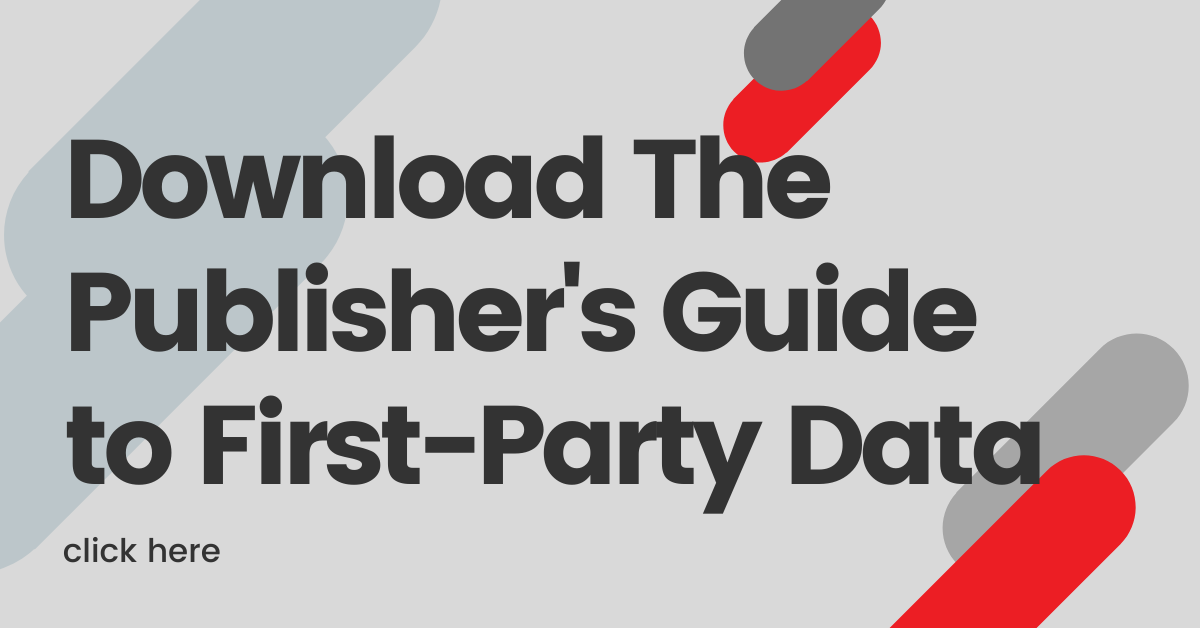If your media company’s monetizing its audience in any way or form, odds are, your registered users and subscribers are your biggest money-makers. Even so, the largest portion of your audience is probably made up of unknown readers who aren’t contributing much to your overall reader revenue growth.
According to recent data from Viafoura, a shocking 99.6% of publisher unsubscribed audiences, on average, are anonymous visitors. While most of these visitors are passive readers who are less committed to a company’s content than known audience members, you can still get tremendous value from them.
In reality, your anonymous audience is far from useless — it’s an untapped goldmine of information and revenue just waiting to be activated. But before you can extract the full value of your unknown visitors, you need to know exactly why and how they can become loyal and lucrative audience members.
Why publishers are prioritizing anonymous to known audience conversions
Naturally, known audience members give your organization far more data and monetization opportunities than your anonymous visitors.
Rather than waiting for registered users to appear magically, successful publishers have recognized that the key to financial success is to actively nurture their anonymous audiences and encourage them to log in. After all, each of your registered and subscribed audience members first started off as unknown visitors.
Greg Piechota, Researcher-in-Residence at the International News Media Association (INMA), explains that “[we] see reader and ad revenue strategies converging as publishers refocus on registering and logging users.”
Keep in mind that almost every anonymous user can become effectively monetized once they become registered.
Viafoura data also reveals that engaged registered users offer publishers five times more return visits than non-registered users.
Ultimately, converting your anonymous visitors to known users online is an essential step on the road to building audience loyalty and growing your company’s revenue streams.
Registration as a means to improving content performance
You can begin piecing together your users’ profiles as soon as they create profiles on your website or app. The more they interact with your content and fellow users, the more you’ll understand who they are, their needs and the types of content topics and writers they favour.
This valuable data can be harnessed to segment your users into different groups with similar interests, which can then be targeted with relevant content — including advertisements.
Of course, content that aligns more with your users’ interests is more likely to draw their attention, keeping them engaged on your website or app for longer.
“Once you understand your target audience’s needs, you can develop personalized content that addresses their biggest concerns and pain points,” outlines Gartner. “But timing is everything.”
To make the biggest impact on your audience and win over their loyalty, your media company must serve its users the content they want when they crave it, even as their needs and interests change. While you can’t get this information from unknown visitors, you can extract it through the data and comments of your known users.
Turning anonymous users into engaged subscribers
Giving anonymous users the chance to log in to your website is not only key to getting their data, but it can also make your anonymous users become dedicated to your company. The reality is that once you get your anonymous visitors to register, you’re halfway there to getting them to subscribe.
In fact, Viafoura data reveals that registered users are significantly more engaged than their unregistered counterparts, spending an average of 15 times more time on-site after registering. And all that extra time your registered users spend on your company’s website means they have more opportunities to connect with your company’s content and other users.
“News brands that see more known users see more subscribers, and brands that see longer session duration see lower rates of churn,” states Piechota. “[Research prooves that you] get one subscriber for every 10 registrations.”
The Telegraph recently shared that its audience growth goal is framed around this research. More specifically, the company is aiming fo 10 million registered users and one million subscribers as of 2023.
This reinforces the fact that you can unlock significant value — including engagement and subscription revenue — from a large portion of your anonymous audience simply by getting them to register.
So if the majority of your company’s audience is anonymous, what’s stopping you from encouraging that massive group of people to become registered, known and returning users? From there, you can use their available data and growing loyalty to your advantage, further enhancing your organization’s engagement, content, subscription and ad revenue strategies.




